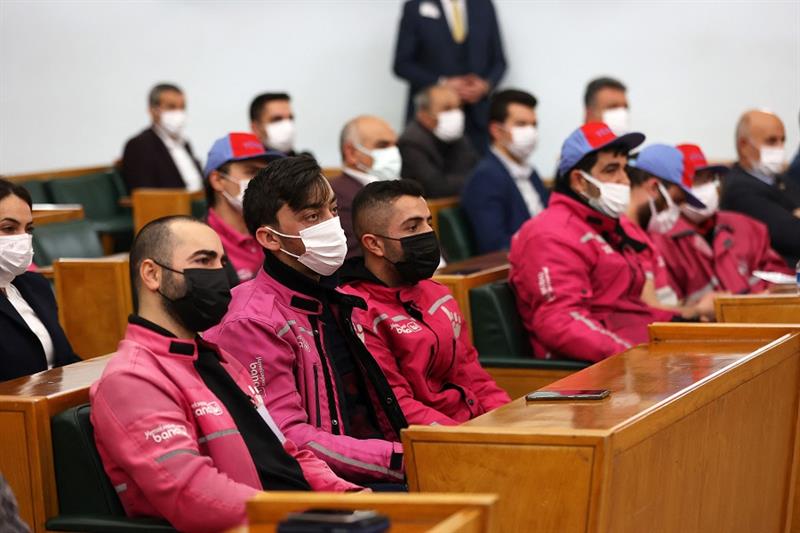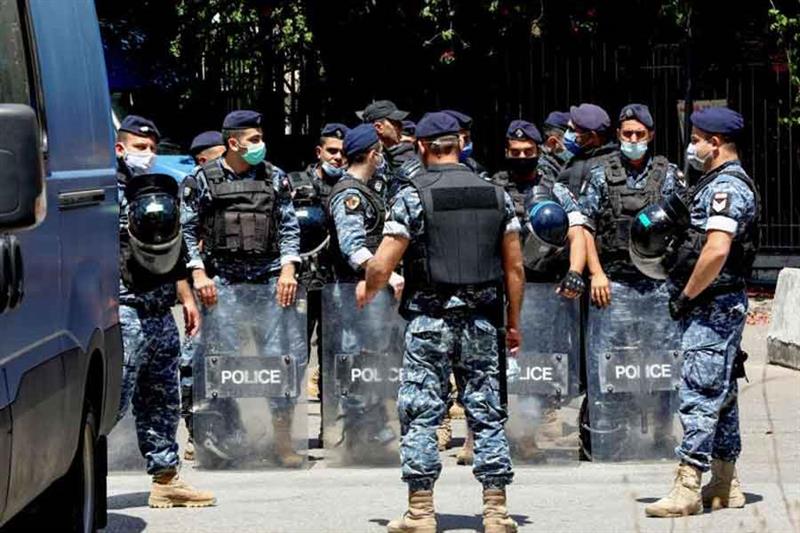Wed, February 23, 2022,

Bass Reeves
Public Domain Bass Reeves
Wyatt Earp and Wild Bill Hickok may rank as the Old West's best-known U.S. deputy marshals, but those two famous lawmen are strictly minor league when compared to Bass Reeves.
During his 30-year career, Reeves, who was known for his deadly prowess with his revolver and Winchester rifle, captured approximately 3,000 dangerous criminals and survived countless gun battles where he shot and killed at least 14 of the fugitives in self-defense.
"Bass was the most prolific law enforcement officer we've ever had in the United States," David Kennedy, the curator at the United States Marshals Museum — which will feature an exhibit about Reeves when it opens later this year in Fort Smith, Ark. — tells PEOPLE. "He worked in the most-deadly region and during the most-deadly time for deputy marshals."
Retired history professor Art Burton has spent decades researching and writing about Reeves, who died in 1907 at the age of 72, and has been instrumental in sharing his remarkable story with a new generation of fans.
"He's really the greatest frontier hero in U.S. history," says Burton. "You can't compare him to anybody. If an outlaw learned that Bass had a warrant out for their arrest, they'd often just turn themselves in. You couldn't run from him because he would always catch you."
RELATED: Jacqueline Avant's Daughter Says Late Activist Gave Her a 'Superpower' by Teaching Her Black History
Born into slavery in 1838, Reeves ended up knocking out his enslaver in a fight during a card game, and fled to what was then-known as Indian Territory — which later became the state of Oklahoma — before becoming one of the first Black U.S deputy marshals.
He soon learned to speak many of the languages of the Native American tribes living there and eventually worked as a scout and a guide for lawmen who would venture into the territory in search of fugitives.
By 1875, the then-36-year-old Reeves received his commission to become a deputy marshal and before long was making a name for himself capturing some of the most dangerous, deadly criminals in the region who had fled there to escape justice.
"If a criminal had a reason to run into the territory, they had every reason to fight to the death," says Kennedy, who adds that nearly one-third of the 386 U.S. marshals ever killed in the line of duty lost their lives in that region during the three decades Reeves worked there.
Adds Burton: "There were lots of places to hide and the outlaws there were always ready to fight. It was the most dangerous area in the Wild West, a real killing field for federal lawmen. Bass basically walked into this valley of death every day for 32 years."
Never miss a story — sign up for PEOPLE's free daily newsletter to stay up-to-date on the best of what PEOPLE has to offer, from juicy celebrity news to compelling human interest stories.
Besides his uncanny marksmanship skills ("He shot one felon during a gun battle from a quarter mile away with his Winchester—that's like Michael Jordan type of stuff," says Burton), Reeves—who often donned disguises while hunting for fugitives—was most proud of his detective skills.
"Bass was always kind, considerate and conducted himself as a gentleman," adds Burton. "But if you were an outlaw, then it was like you were dealing with the devil."
Reeves believed so strongly in justice and abiding by the law that when he learned that his son, Bennie, was going to be arrested for murdering his wife in 1902 he asked the marshal in Muskogee, Ok., if he could ride out to his property and arrest him himself.
"He didn't want any deputies getting hurt, bringing his son in," says Burton. "His son knew of Bass's reputation. So when Bass told him, 'Let's go. I don't want to have to put you down, but I will if I have to,' Bennie did exactly what his father told him."
RELATED: How Disney Imagineer and Inventor Lanny Smoot Strives to Inspire Black Youth to Chase STEM Careers
Stories about Reeves' exploits abounded in the years after his death and there's been plenty of speculation that he was the model for the character of the Lone Ranger, created and popularized in a radio show by a Detroit radio station in the 1930s and 1940s.
"We can't prove conclusively that Reeves was the inspiration for the Lone Ranger," explains Burton. "But we can say unequivocally that Bass is the closest person to resemble the fictional Lone Ranger . . . But Bass is much bigger than the Lone Ranger because he was a real person."












